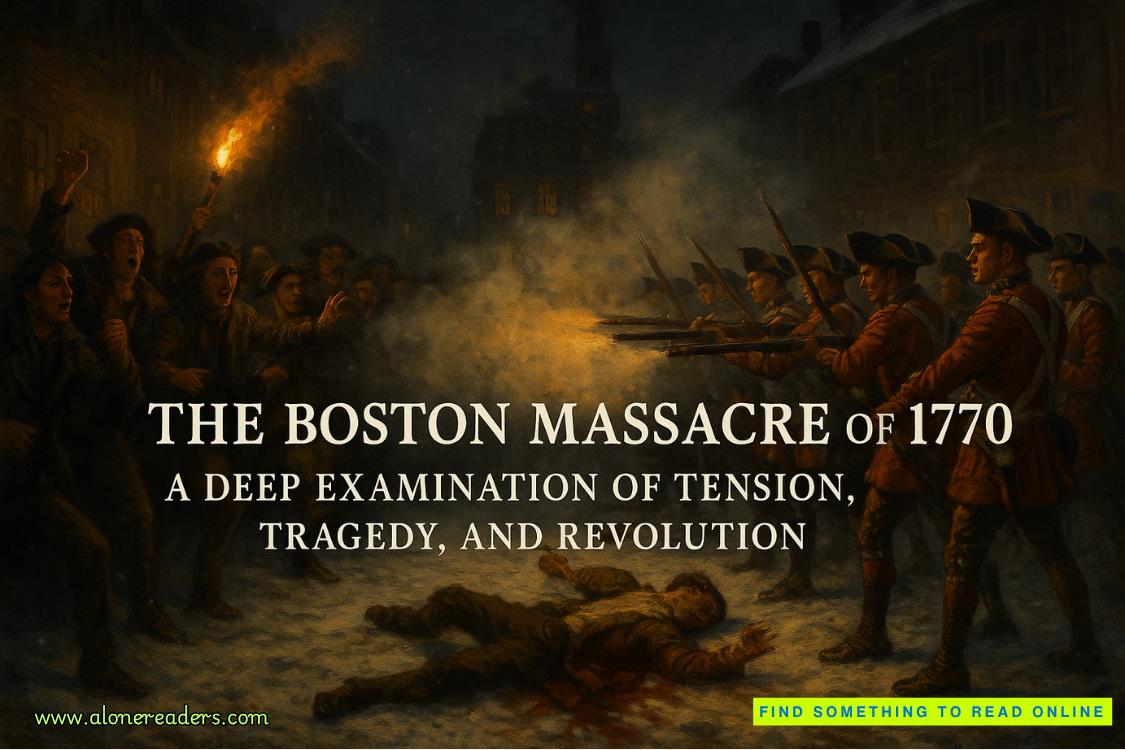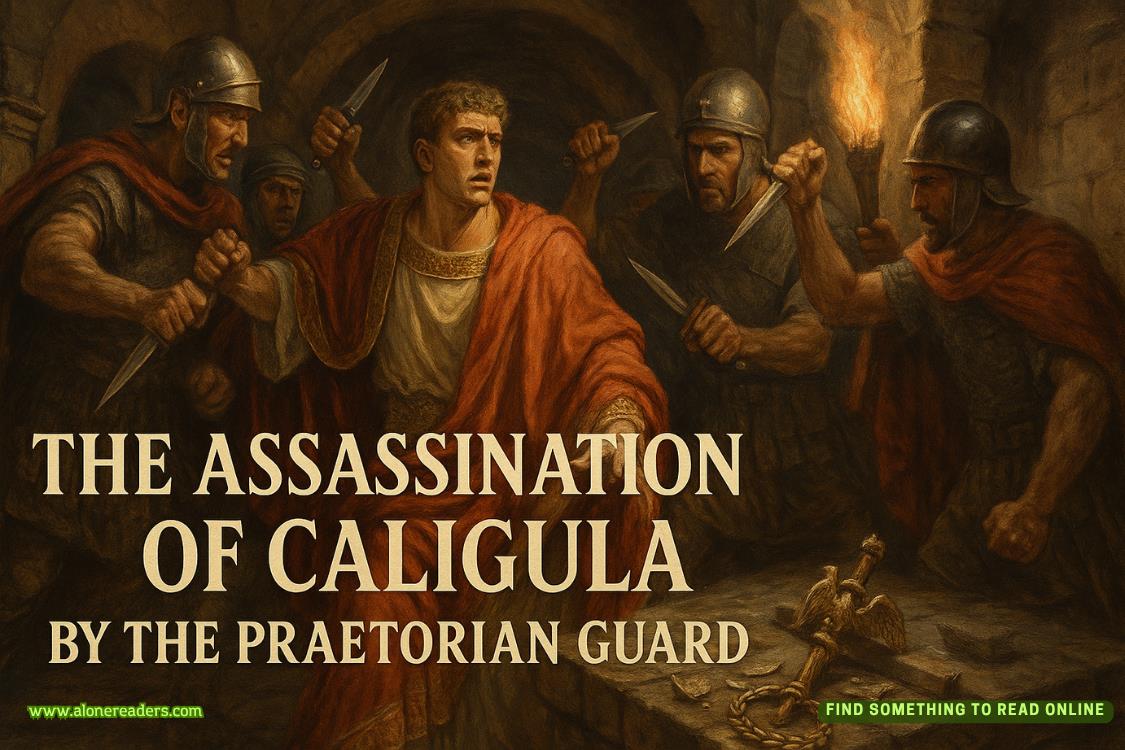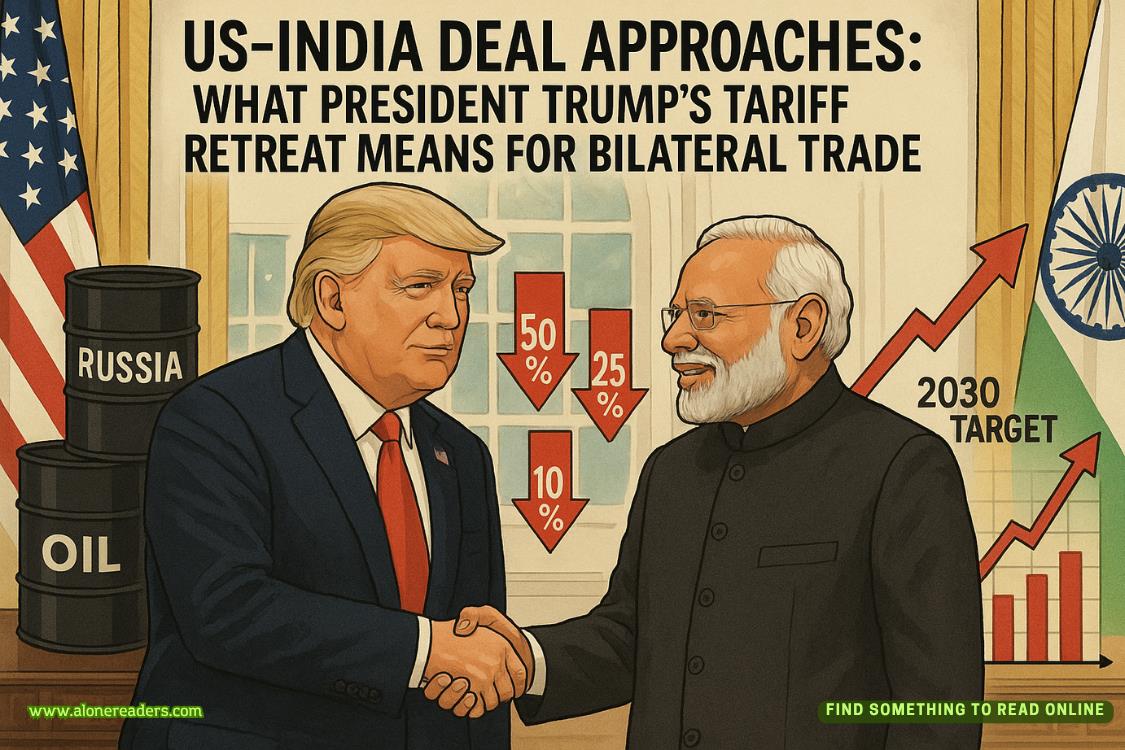Page 101 of The Sleepwalker
Joona leaves the Police Authority building and walks down one of the paths in Kronobergsparken in the afternoon darkness.
The news is reporting that Storm Eyolf is approaching from the Barents Sea, in a wide front covering the Kola Peninsula, the White Sea and the Baltic, but there is almost no breeze in Stockholm.
On one of the park benches, a man with a beard is huddled in a sleeping bag, surrounded by plastic bags, cans and grubby possessions.
‘We’ve gotta be patient with AI,’ he mutters with a wheezy laugh.
Joona walks past him and turns off onto another path. Between the trees, he can see the lights of the buildings on Parkgatan glittering warmly.
A weary-looking man in workout gear and a winter coat is standing beneath one of the streetlamps with a pit-bull terrier on a lead. Without warning, the dog starts barking at something in the darkness. It pulls on its lead with such force that the man has to take a couple of steps forward before he manages to restrain it, but the dog rears up on its hind legs and continues to bark.
Joona left the interview with Jenny Gyllenkrans with what is likely a description of the killer’s car: a rusty, pale-blue Opel Kadett with a roof rack and around fifteen air fresheners hanging from the rear-view mirror.
Probably to dull the stench of rancid blood, he thinks as he climbs the steep slope.
Once he had asked everything he wanted to know, Stina Linton showed Jenny a sketch of the parking area at the campsite with a mark indicating the location of the victim’s Mercedes, and asked Jenny to point out where both her own car and the old Opel had been parked.
With a bit of luck, they might be able to pinpoint the killer’s tyre tracks, and possibly even shoeprints.
It is definitely a step forward, though the message from Erixon revealing that the blonde hair in the caravan was not Jenny’s also came as a disappointment.
The minute Joona left the interview room, he paused in the corridor to read Erixon’s brief report in full.
The special thing about mitochondrial DNA is that it comes from the mother’s egg cell, meaning a child’s mtDNA is a direct clone of their mother’s.
The only changes in this particular type of DNA – passed down since the very first mother – are a long line of mutations, and it just so happens that mutations are precisely what scientists focus on when attempting to match DNA.
The lab results for the mtDNA from the strand of hair showed that it was not a match for Jenny Gyllenkrans, nor anyone else in the usual registers or databases.
Despite his powerful internal drive, Joona doesn’t usually allow himself to feel frustrated. He knows that preliminary investigations can take time, and that the trail sometimes goes cold before new leads rise to the surface.
This time, however, he feels acutely impatient, because he is convinced they are chasing an active serial killer.
There will be another murder, and soon.
It is like a grass fire approaching the edge of a forest.
They are close, and they need to extinguish the blaze before it spreads any further.
Thanks to Hugo Sand’s testimony, they have a first description of the killer: a woman with long blonde hair.
They have a strand of her hair from the caravan, and because the lab prioritised their case, they also have her mitochondrial DNA.
Using commercially available genealogical databases, they could probably identify – and possibly even arrest – her today.
But following a pilot case in which the police used ancestralDNA to solve a double murder in Linköping, the Authority for Privacy Protection ruled that the use of such databases runs counter to Swedish law.
Without realising it, Joona has walked to the far side of the park and through the gate to the old Jewish cemetery. He leaves a small white pebble among the others on his friend Samuel Mendel’s grave.
He no longer knows what to say to him, but he stands quietly for a moment, looking down at the headstone, as the first soft white flakes begin to fall from the dark sky.
The snow soon grows heavier, lingering on the ground for a few seconds before melting away.
Joona leaves the cemetery and makes his way up towards the play area, watching the teenagers playing basketball behind the tall fence. He takes out his personal phone and calls Agneta Nkomo.
‘Hello?’
‘Hi, it’s Joona Linna again,’ he says. ‘I wanted to ask if you could help me with something.’















